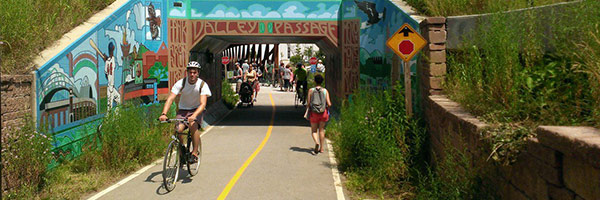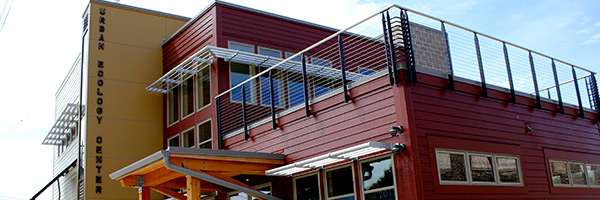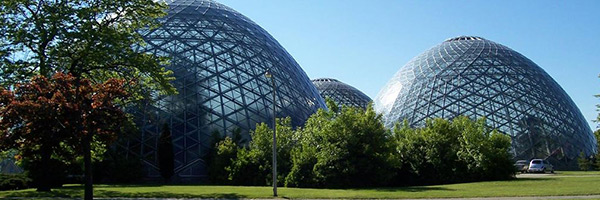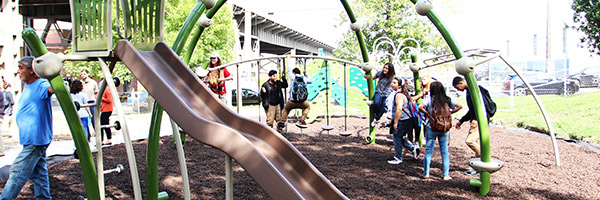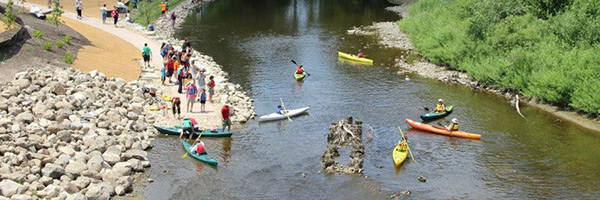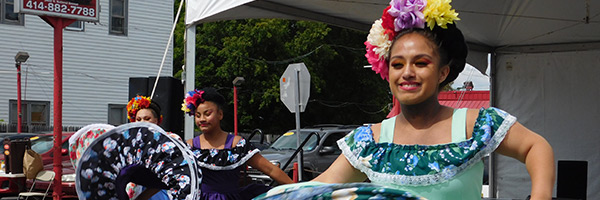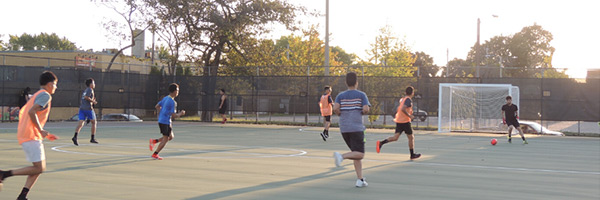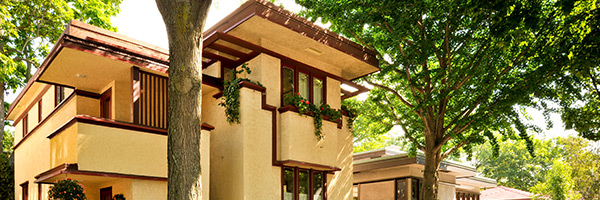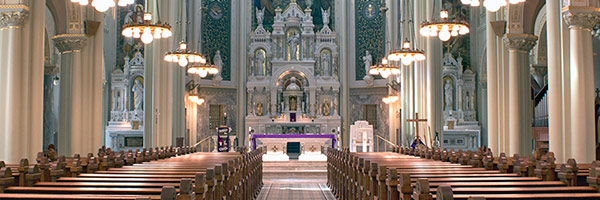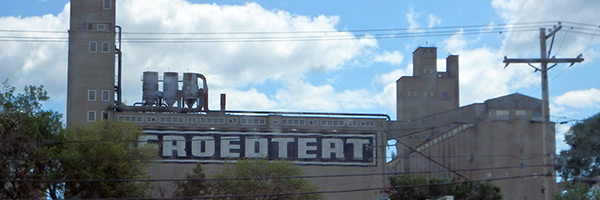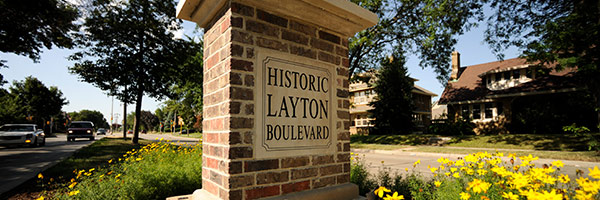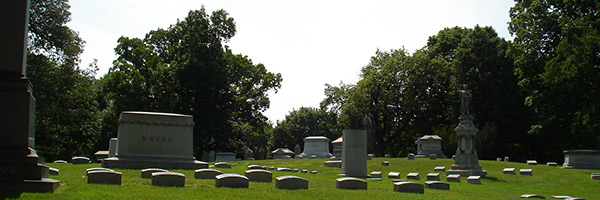Neighborhoods
Silver City • Burnham Park • Layton Park
Welcoming, Thriving Neighborhoods
Our anchor community is the ancestral home of Potawatomi, Menomonie and other indigenous people who still live here today. As European colonizers arrived in Milwaukee, demographics on the south side began to shift to predominantly Polish in the early 1900’s, and by the end of the century to a majority of people descended from the Caribbean and Latin America, like we still see today.
Since 1995, VIA has been anchored in what is today known as three neighborhoods surrounding the headquarters of the School Sisters of St Francis (SSSF, our foundresses): Silver City, Burnham Park & Layton Park. We build from the strengths and assets in these communities as we work towards fairness and flourishing across all places.
These anchor neighborhoods today are home to over 21,000 creative, dedicated and caring people who strengthen our community every day. Neighbors and visitors alike benefit from the beauty of historic homes, diversity of international restaurants and markets, and many other amenities.
Silver City
Located just minutes from the Menomonee Valley, I-94, downtown Milwaukee, and amenities such as the Hank Aaron State Trail, the Urban Ecology Center/Menomonee Valley branch, Three Bridges Park, Miller Park, and the Mitchell Park Domes, Silver City is one of Milwaukee’s most diverse and exciting neighborhoods, blending historic architecture with exciting and new retail and international dining opportunities. It is said that one could dine all over the world without leaving the neighborhood’s boundaries.
In the late 1880s, Menomonee Valley workers were paid in Silver Dollars, which they spent at nearby businesses. The strip of shops south of the Valley and along National Avenue earned its namesake from a stranger who, entering a saloon, saw a large pile of silver coins in a poker game and remarked, “Why, this must be Silver City!”.
Watch the Around the Corner with John McGivern Silver City episode to learn more about the neighborhood.
Neighborhood Boundaries – The Menomonee Valley on the North, South Layton Boulevard on the East, West Greenfield Avenue on the South, Miller Park Way on the West.
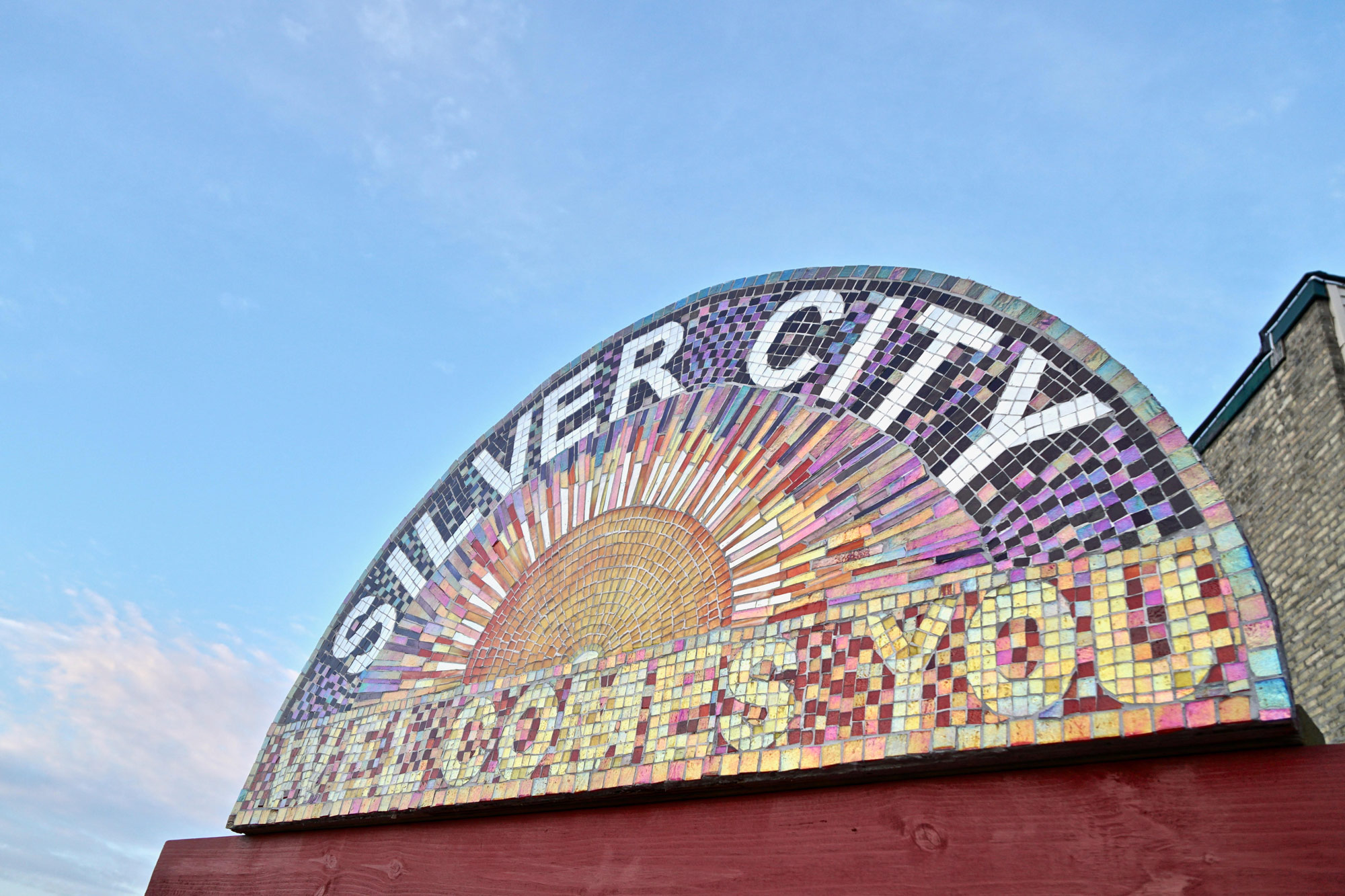
Amenities
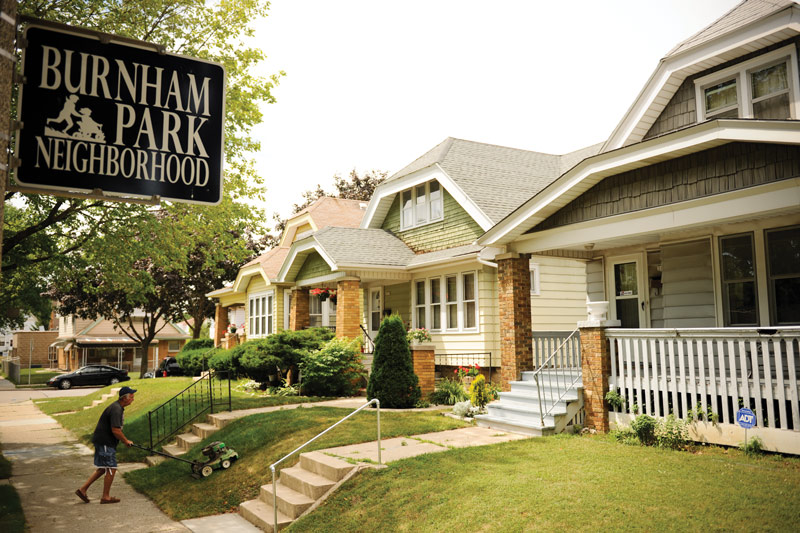
Burnham Park
The Burnham Park Neighborhood holds many treasures for neighbors as well as international visitors. Burnham Park has a baseball, soccer and futsal field played by many up and coming ball players. There are several businesses, including restaurants and shopping, for when you’d like to be out and about. Make sure to check out all this neighborhood has to offer!
According to two sources,* the Burnham Park Neighborhood was named after George Burnham. George moved to Milwaukee in 1843 with his brother Jonathan. It was George and Jonathan Burnham who discovered the light colored clay that was used to create Milwaukee’s famous cream-colored brick. This discovery sparked the designation for Milwaukee’s nickname: The Cream City.
Along with the brick business that manufactured 15 million bricks annually, George became a large landowner and mapped out this neighborhood with Daniel Rogers and John Becher in 1871. Because of their power, wealth and influence, each of these men named the streets that run through the neighborhood with their surnames.
Neighborhood Boundaries – West Greenfield Avenue on the North, South Layton Boulevard on the East, West Becher Street on the South, Miller Park Way on the West.
* From Milwaukee Streets: The Stories Behind Their Names by Carl Baehr and Dictionary of Wisconsin History from www.wisconsinhistory.org.
Amenities
Layton Park
Layton Park is named after two colonists from England, John and his son Frederick Layton. It is said that they purchased the narrow triangle of land between Lincoln and Forest Home east of S. 31st Street to use as pasture for their beef cattle. This land supported their meat market that they operated downtown. In the early 1900s, blue-collar Polish and German immigrants began to build Polish flats and duplexes in the area just west of the original city limit (Layton Boulevard).
The Layton Park neighborhood has seen many changes since the early 1900s. Today, many of the historic homes have been restored and renovated. Diverse businesses line Lincoln Avenue, from bakery delicacies to Friday fish frys.
VIA’s efforts have historically focused on the northern portion of the Layton Park neighborhood, north of Lincoln Avenue.
Source: Milwaukee Journal Sentinel article, written by John Gurda and published on October 8, 1995
Neighborhood Boundaries – West Becher Street on the North, South Layton Boulevard on the East, Forest Home Avenue on the South, Miller Park Way on the West.
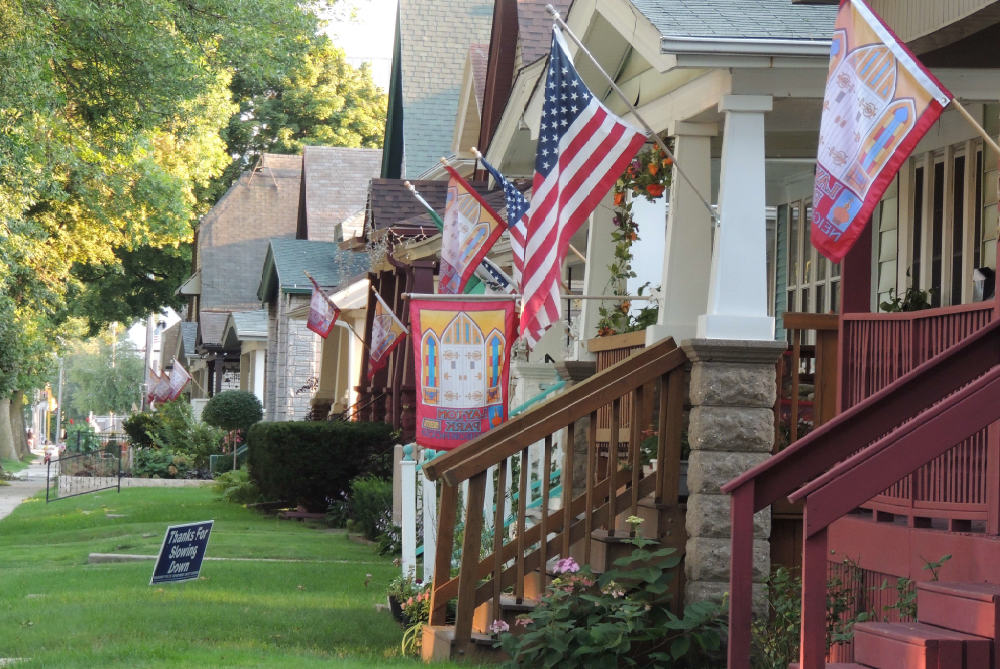
Amenities
Much of the history of these neighborhoods is borrowed from the research of John Gurda and can be found more extensively in his book, Milwaukee: City of Neighborhoods. We recognize that our histories and narratives have often centered the dominant culture; therefore VIA is working with our partners to decolonize historical narratives and continue to uplift the diverse people who make our communities what they are today.
Looking for more? You can learn more from census and other data in this neighborhood profile report created by Data You Can Use.
Stay up-to-date with the latest news and resources in Silver City, Burnham Park, and Layton Park.
Sign up for our E-Newsletter!
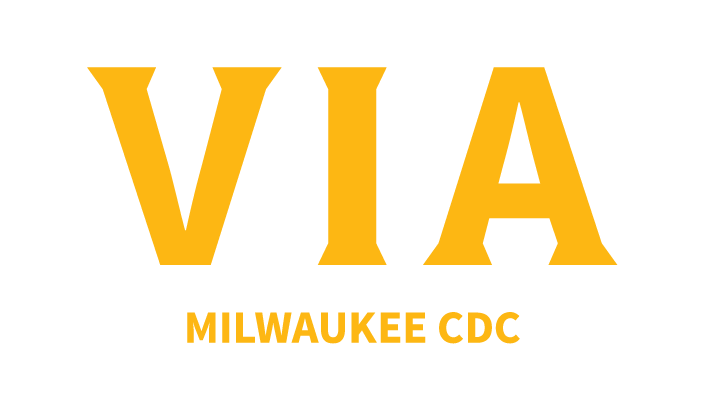
3524 W National Ave.
Milwaukee, WI 53215
Staff Directory
info@viacdc.org

